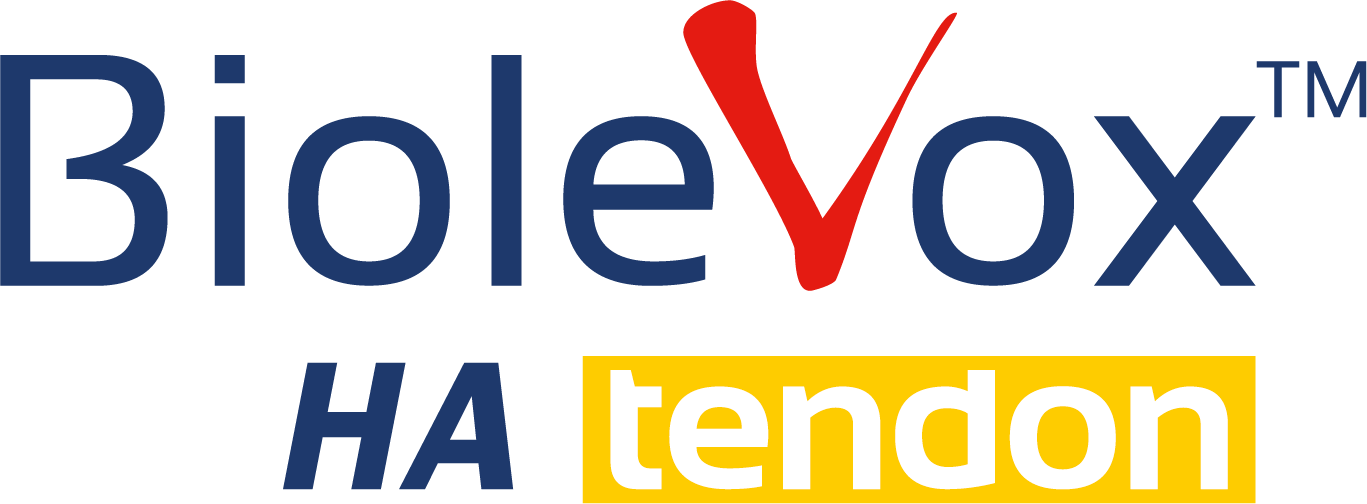BiolevoxTM HA Tendon is hyaluronic acid (HA) gel especially designed for intratendinous or peritendinous injection as a double application therapy in order to alleviate the ongoing inflammation process and further recovery of the tendon functionality.
HA-based gel contains 32 mg of sodium hyaluronate in 2.0 mL pre-filled syringe. Importantly, BiolevoxTM HA Tendon has optimally high molecular weight of HA molecules1 what together with high hyaluronic acid concentration provide optimal viscosity for product application.
BiolevoxTM HA Tendon is designed to counteract the pathological alteration of the tendon tissue related with progression of tendinopathy and enthesopathy Product upon intratendinous or peritendinous injection will extinguish the intense inflammation processes with concomitant catabolic action of enzymes2, stop the uncontrolled proliferation of the tendon cells and further counteract the negative changes of the tissue structure. Finally, the therapy with BiolevoxTM HA Tendon double injections restore a proper tendon functionality and mechanics3.
BiolevoxTM HA Tendon is designed to counteract the pathological alteration of the tendon tissue related with progression of tendinopathy and enthesopathy Product upon intratendinous or peritendinous injection will extinguish the intense inflammation processes with concomitant catabolic action of enzymes2, stop the uncontrolled proliferation of the tendon cells and further counteract the negative changes of the tissue structure. Finally, the therapy with BiolevoxTM HA Tendon double injections restore a proper tendon functionality and mechanics3.


